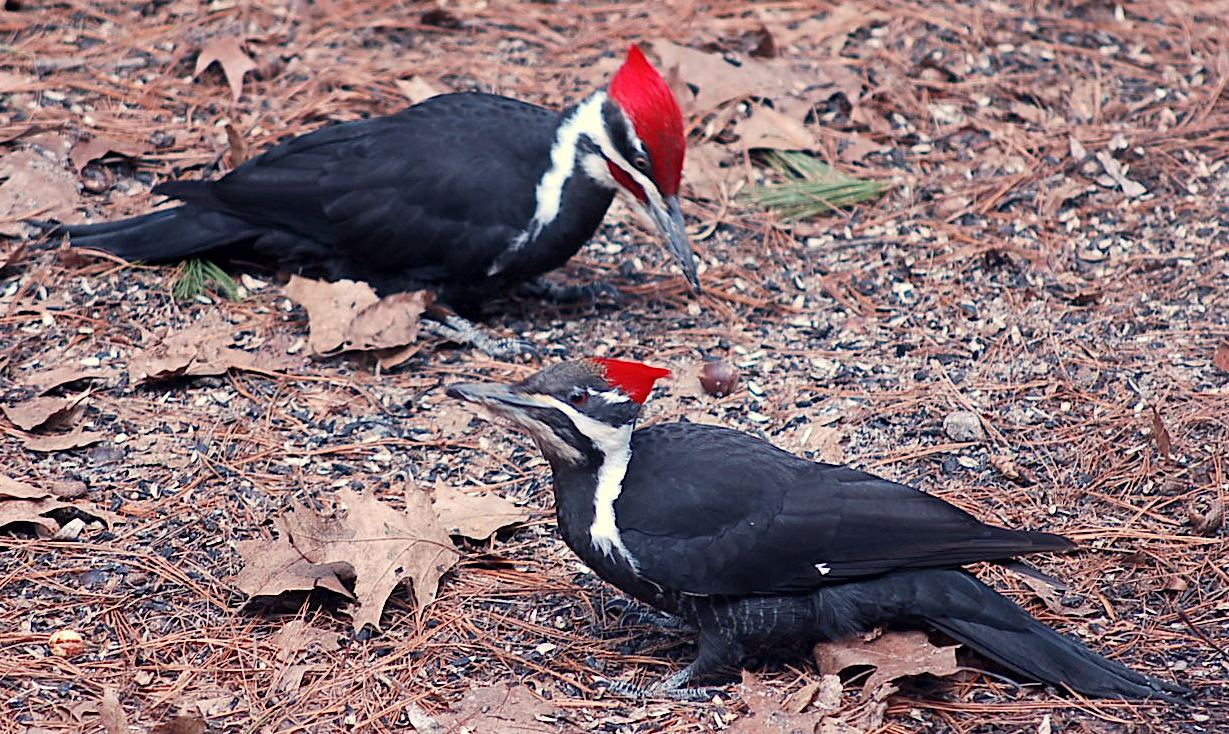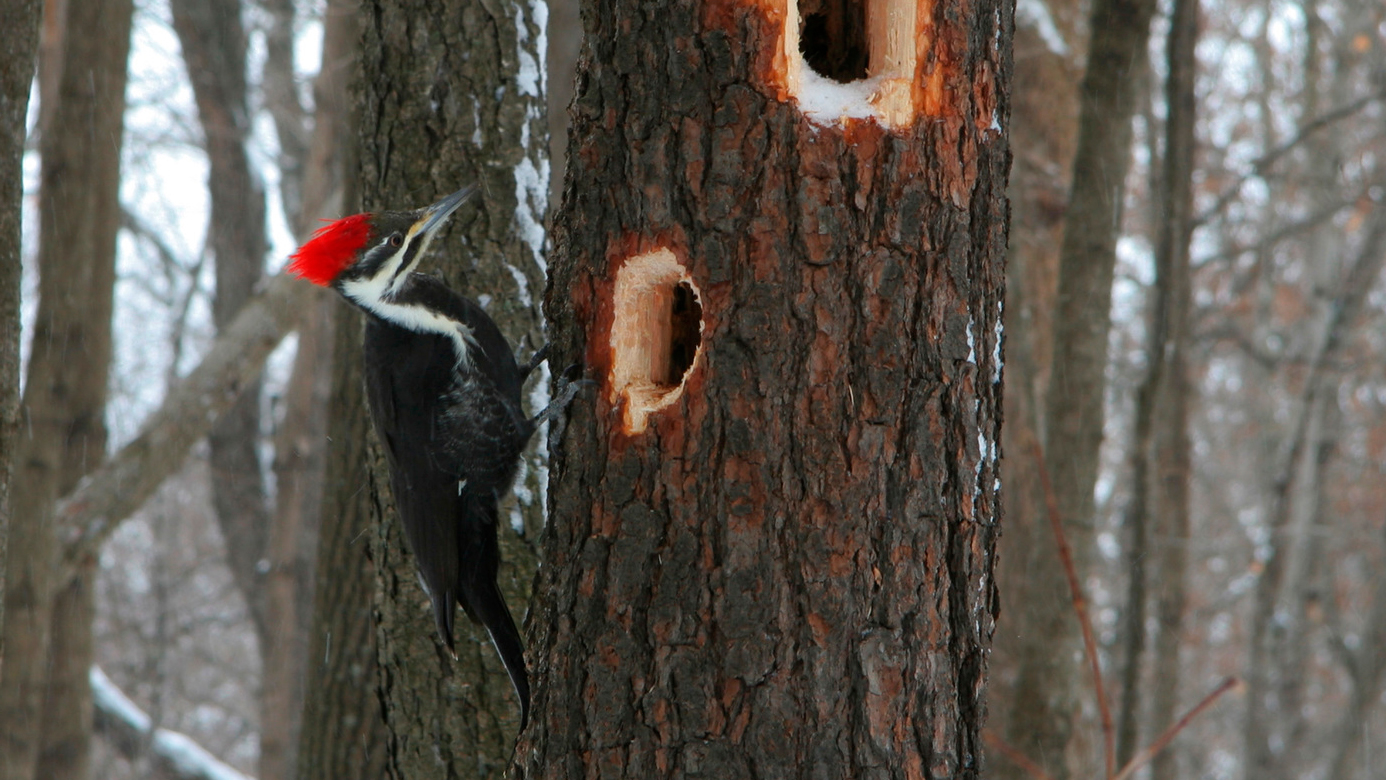Discover the Fascinating Globe of Woodpeckers: Every Little Thing You Need to Know
The globe of woodpeckers is a realm filled up with one-of-a-kind habits, detailed adaptations, and a varied selection of types. From their environments and circulation patterns to their feeding habits and specialized physiological attributes, woodpeckers have long mesmerized the passion of ornithologists and nature enthusiasts alike.
Woodpecker Habitats and Circulation
Woodpeckers live in a diverse range of environments worldwide, showcasing versatility in their distribution patterns. These durable birds are located in forests, woodlands, savannas, and deserts across various continents, demonstrating their ability to thrive in different weather problems. In The United States and Canada, for instance, woodpeckers can be identified in both coniferous and deciduous woodlands, using their strong beaks to forage for insects and produce nesting cavities in trees. In a similar way, in Africa, particular woodpecker species have adjusted to dry settings, such as the acacia woodlands, where they play a vital function in regulating insect populaces.

Feeding Behaviors and Diet
Woodpeckers use their solid beaks to drill right into the bark of trees, penetrating for insects and larvae concealed under the surface area. In enhancement to pests, woodpeckers likewise consume nuts, seeds, fruits, and sap.
Woodpeckers are known for their drumming behavior, which offers not just to interact with other woodpeckers yet additionally to situate food. The fast drumming sound is created by the bird pecking on powerful surfaces like dead trees or metal posts. This habits can bring in pests concealed in the wood, allowing the woodpecker to spot their visibility and eat them.
Unique Adaptations for Tree Climbing
In their experienced search of insects hidden within tree bark, woodpeckers have progressed remarkable anatomical check it out features that furnish them with special adjustments for reliable tree climbing. Woodpeckers have solid neck muscular tissues and an unique skull structure that absorb the impact of constant pecking, allowing them to climb vertically without causing harm to their brains. These adaptations showcase the incredible evolutionary layout that enables woodpeckers to navigate trees with precision and efficiency.
Diverse Woodpecker Species Worldwide
With over 200 different varieties spread out throughout different environments worldwide, the household of Picidae includes an exceptional variety of woodpeckers. These birds can be discovered in forests, woodlands, savannas, and also metropolitan areas, showcasing their flexibility to different atmospheres. From the renowned Northern Flicker in The United States And Canada to the colorful and elusive Crimson-backed Flameback in Asia, each woodpecker species exhibits one-of-a-kind features in terms of quill, behavior, and environment choice.
Woodpeckers vary greatly in dimension, with the small Downy Woodpecker determining around 6-7 inches in length, while the powerful Lineated Woodpecker can rise to 17 inches - Woodpeckers in Florida. Their beaks additionally can be found in various sizes and shapes, mirroring their feeding habits. Some varieties focus on extracting pests from tree bark, like the Acorn Woodpecker, while others, such as the Black-cheeked Woodpecker, eat fruits and seeds

Preservation Efforts and Challenges
Preservation efforts for woodpecker populaces are critical in reducing the effect of habitat loss and other dangers encountering these varied bird species. Woodpeckers face various difficulties to their survival, primarily because of deforestation, urbanization, climate modification, and invasive types. To attend to these problems, web link preservation initiatives concentrate on safeguarding and restoring woodpecker habitats, executing sustainable forestry practices, and raising awareness about the significance of these birds in environments.
One considerable difficulty in woodpecker conservation is the fragmentation of their habitats, leading to isolated populations that are more vulnerable to extinction - Woodpeckers in Florida. Preservationists function to produce wildlife corridors and secured areas that connect these fragmented environments, permitting woodpeckers to relocate between various locations for More Info feeding, breeding, and shelter

Verdict
In conclusion, woodpeckers are interesting birds with unique adaptations for tree climbing and feeding habits. They can be discovered in varied environments worldwide, dealing with preservation difficulties as a result of habitat loss and human tasks. Comprehending their habitats, diet plans, and habits is vital for preservation initiatives to secure these crucial bird types. More research study and preservation activities are required to make certain the survival of woodpeckers in the wild.